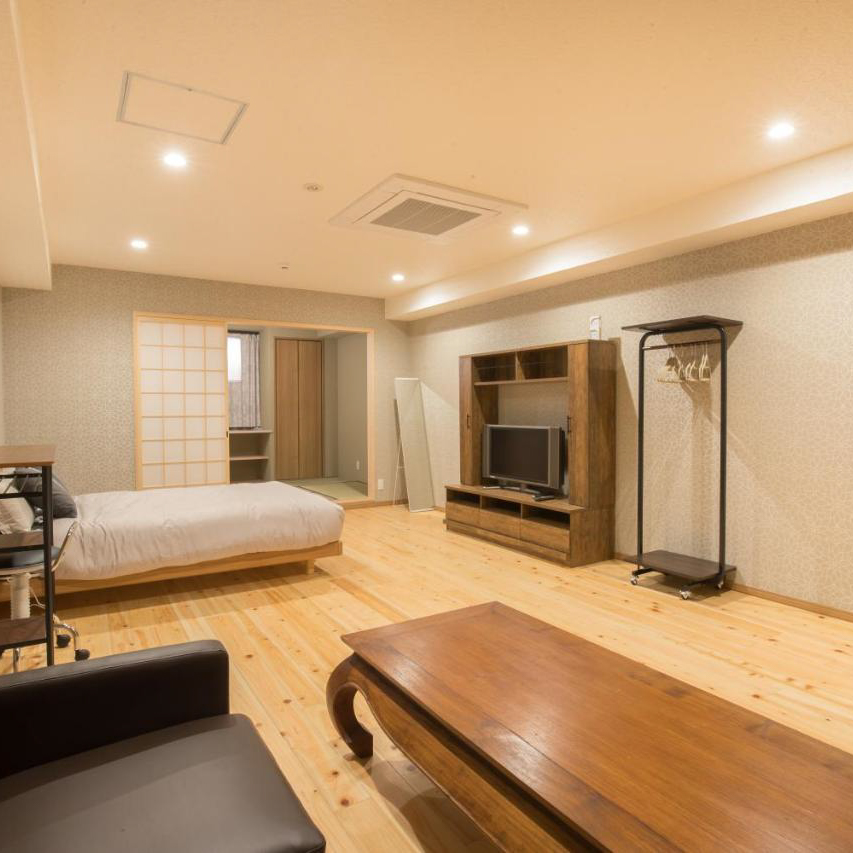Artwork has long been regarded as a form of expression and beauty, but it is often overlooked that the way we illuminate artwork can greatly enhance or detract from its beauty. Artwork lighting is an essential component of any art display, but it is often misunderstood or neglected. This article aims to explore the importance of artwork lighting, the different types of lighting available, and the factors to consider when choosing the right lighting for your artwork.
The Significance of Artwork Lighting
Artwork lighting plays a vital role in showcasing the beauty and details of a piece of art. Properly lit artwork enhances the colors, textures, and overall aesthetic appeal of the piece. In contrast, poorly lit artwork can make a piece appear dull and lifeless, even if it is a masterpiece.
Additionally, artwork lighting can be used to create a specific mood or ambiance in a room. The right lighting can evoke feelings of warmth or intimacy, while harsh lighting can feel cold and clinical.
The Types of Artwork Lighting
There are several types of artwork lighting available, each with its unique features and benefits. Some common types include:
1. Track Lighting
Track lighting is a versatile option for illuminating artwork. It consists of a track that can be mounted on the ceiling or wall, with adjustable fixtures that can be positioned to highlight specific artwork. Track lighting can be used to create a dramatic effect, and it is an excellent option for larger pieces of art.
2. Picture Lights
Picture lights are a classic option for illuminating artwork. They are compact fixtures that attach directly to the frame of a painting, drawing attention to the piece without distracting from its beauty. They are well-suited to smaller pieces of art and provide a more intimate effect.
3. Recessed Lighting
Recessed lighting is a popular option for lighting artwork in modern or minimalist settings. They are installed directly into the ceiling, creating a sleek and unobtrusive look. However, they can be challenging to install, and adjustments to the lighting angle may require the help of a professional.
Factors to Consider When Choosing Artwork Lighting
When choosing artwork lighting, several factors should be considered to ensure that the lighting enhances the beauty of the artwork while also complementing the surrounding decor. Some things to consider include:
1. Art Style and Size
The style and size of the artwork will determine the type and placement of lighting required. Larger pieces may need multiple fixtures or more extensive light coverage, while smaller pieces may only require a single picture light.
2. Room Lighting
The lighting in the room will impact how the artwork appears. For instance, rooms with natural light may require different lighting than rooms with darker interiors. It is essential to choose artwork lighting that complements the existing lighting in the room, rather than contrast it.
3. Energy Consumption
Artwork lighting can be energy-intensive, and it may be worth considering energy-efficient options to reduce your energy consumption. LED lighting is an excellent option for artwork lighting and has a much longer lifespan than traditional lighting options.
Artwork lighting is a crucial aspect of any art display, but it is often overlooked. Proper painting lighting enhances the beauty and details of a piece of artwork and can create a specific mood or ambiance in a room. When choosing artwork lighting, it is essential to consider the art style and size, the room lighting, and energy consumption. With the right lighting, artwork can be illuminated in all its beauty, creating a visual experience that is unmatched.
